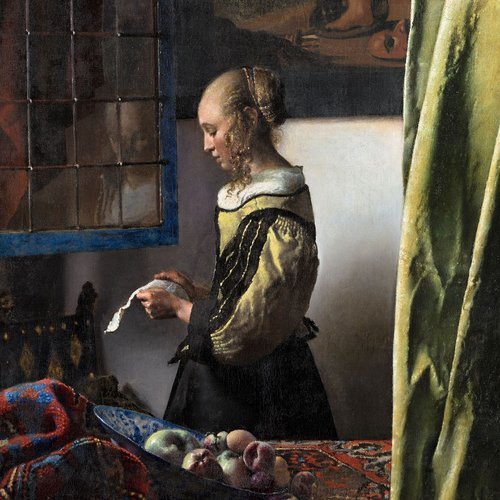Invitation to a press conference | Damascus Room display
06 September 2022Einladung zum Pressegespräch anlässlich der Präsentation des Damaskuszimmers i
From 8 September, the Museum für Völkerkunde Dresden – the ethnological museum belonging to Staatliche Kunstsammlungen Dresden (SKD) – will be presenting the restored Damascus Room in a new light. Entitled “Dialogue among guests – The Damascus Room in Dresden invites!”, the three-part exhibition provides insights into nineteenth-century Damascus hospitality and the various public and private forms it took around the world. In addition, visitors can use the space for their own programmes and projects. The presentation at the Japanisches Palais means visitors can view and explore Dresden’s Museum für Völkerkunde for the first time after a long break.
The first room is being opened up to all as a place to meet and enter into dialogue. As well as trying out the practices followed by hosts and guests, visitors can also spend time here with a cup of tea. This social space is also hung with photographs by the Syrian artist and co-curator Rania I. Kataf; portraits of people from Damascus whose stories can also be read in the room. This gives the city itself, and its people, their place in the exhibition.
The second section showcases the Damascus Room. Part of the collection of the Museum für Völkerkunde Dresden, it is a unique example of Syrian decorative art. It is made up of wooden panelling (dating to 1810–11) richly decorated with cityscapes, bouquets of flowers, bowls of fruit and Arabic inscriptions. These once adorned the ceiling and walls of a reception room welcoming guests to a Damascus home.
The room was sold to a German buyer and entered the inventory of the Museum für Völkerkunde as a gift in 1930. Following 25 years of restoration and conservation work, this is the first time all its elements can be presented again in their original colour and ornamental complexity.
In the final section of the exhibition, a presentation of accompanying pieces from the permanent collection addresses and scrutinises public and private forms of hospitality. Items selected from the Museum für Völkerkunde Dresden illustrate different aspects: representing transition, power, pomp and show, giving and taking, accepting one’s place and providing protection, they grapple with issues around freedom and duty.
Marion Ackermann, Director-General of Staatliche Kunstsammlungen Dresden: “The Damascus Room should be understood as representing the act of welcoming more than any other SKD exhibit. Once a reception room for guests visiting a house in the Old Town of Damascus, today it invites visitors to talk to one another, drink tea, read, listen and spend time together in the exhibition rooms. After so many years of elaborate restoration, it is a great pleasure to me to see it restored to its original role as a place where hospitality is practised.”
Barbara Klepsch, Saxon State Minister for Culture and Tourism: “It’s marvellous that parts of what was once a Syrian reception room can finally be presented again for the first time at the Japanisches Palais. Another reason why this Damascus Room is of huge international importance is that visitors can still experience it exactly as it was originally, in the 19th century. I am delighted that they can now visit this special social space again.”
Rania I. Kataf, Damascus photographer and co-curator: “The Damascus Room reminds me of the people who have left us, whether they went to another world, or another country, because of the war or because of other circumstances. And, to be honest, this room feels like part of me, or part of my country. And that’s exactly what made me feel connected to it from the moment I first saw it, in 2017. I am pleased to be presenting the missing side of this room in the exhibition – the side that is only at home in Damascus. I hope I have managed to achieve that.”
The Museum für Völkerkunde Dresden launched a series of publications to accompany the Damascus Room as far back as 2020: “(un)erzählt” – meaning “(un)told”. The first volume marked the 100th anniversary of the death of collector Karl Ernst Osthaus, a patron of the arts; dedicated to his story, it is entitled “Vision Osthaus – collector, patron, founder”. The second, “The poetic Damascus Room”, came out in 2021 and combines anecdotes and memories about this place. Further publications are to follow.
Please register for the press conference at presse@skd.museum by 4 p.m. on 6 September 2022.
Museum für Völkerkunde Dresden
Japanisches Palais, Palais Platz 11
Open Tuesdays to Sundays from 10 a.m. to 6 p.m.
Free entry
